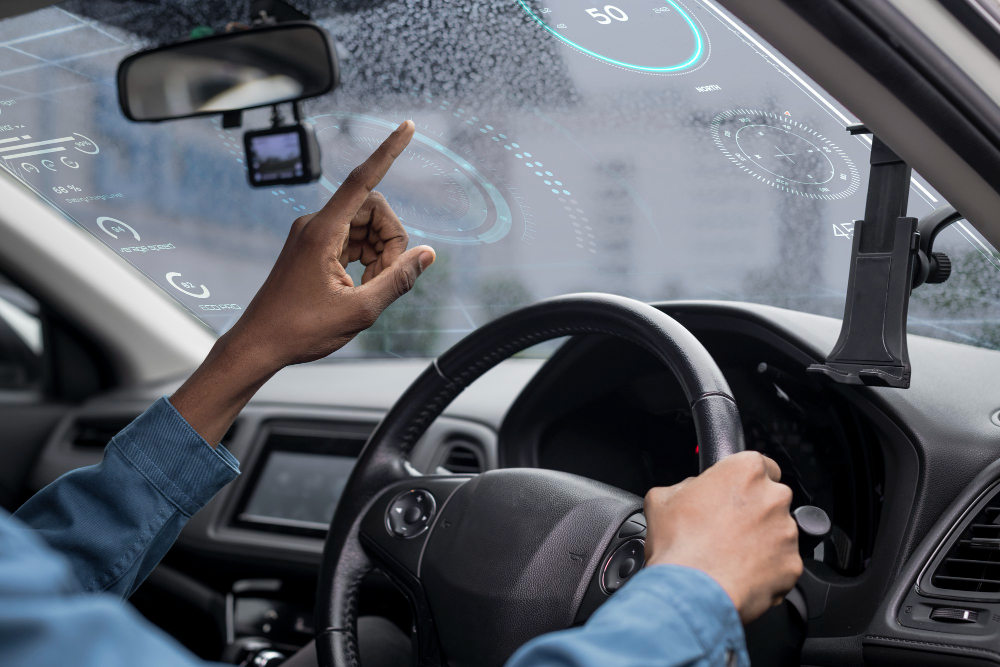How ANPR is Transforming Traffic Management and Security
In today’s fast-paced urban environments, managing traffic flow and ensuring public safety have become increasingly complex challenges. With the rising number of vehicles, incidents of traffic violations, and evolving security threats, traditional traffic monitoring tools have begun to fall short. This has created a growing need for intelligent, automated solutions—and ANPR (Automatic Number Plate Recognition) has emerged as a powerful answer.
ANPR is a technology that uses advanced optical character recognition (OCR) to automatically read and record vehicle license plates. Installed on cameras at checkpoints, toll booths, parking lots, highways, and urban roads, ANPR systems can capture license plate data in real time, providing vital information that enhances both traffic management and security enforcement. Let’s explore how this technology is transforming the way cities and agencies handle transportation and safety.
The Basics of ANPR Technology
At the core of an ANPR system is a high-resolution camera integrated with image processing software. As a vehicle passes by, the camera captures its license plate. The software then processes the image to extract alphanumeric characters, converting them into machine-readable text. This data is time-stamped, geo-tagged, and stored or transmitted for further analysis.
Modern ANPR systems are capable of handling multiple lanes, high speeds, and various environmental conditions—day or night, rain or shine. With built-in infrared illumination, these systems function efficiently even in low-light conditions, ensuring round-the-clock surveillance and monitoring.
Smarter Traffic Management with ANPR
One of the most impactful applications of ANPR is in traffic flow management. By continuously collecting vehicle data, ANPR systems help city planners and traffic control centers understand movement patterns in real time. For instance, authorities can identify congested routes during peak hours and make informed decisions about traffic signal timing, rerouting, or implementing dynamic lane assignments.
Additionally, it enables more efficient toll collection. Traditional toll booths often require vehicles to stop or slow down, causing delays and congestion. ANPR-based systems, on the other hand, allow for seamless toll collection by automatically detecting and billing vehicles as they pass through, significantly reducing wait times and operational costs.
In parking management, it simplifies the entry and exit process. It eliminates the need for tickets or passes by automatically logging vehicle entries and exits. This improves space utilization, reduces the risk of unauthorized parking, and enhances user experience by enabling contactless transactions.
Enhancing Public Safety and Security
Beyond traffic optimization, it plays a crucial role in enhancing security. By linking with national vehicle databases, law enforcement agencies can use ANPR to detect stolen vehicles, trace suspects, and monitor unauthorized movements. When a flagged license plate is detected, the system can immediately send alerts to control rooms or patrolling units, enabling quick action.
In high-security areas such as borders, government buildings, and defense zones, ANPR helps restrict access to authorized vehicles only. The system can be programmed to allow or deny entry based on license plate data, thereby eliminating the need for manual checks and improving overall perimeter security.
Real-Time Alerts and Data Analytics
One of the defining features of advanced ANPR systems is their ability to generate real-time alerts. When a vehicle with a suspicious registration is detected, the system can instantly notify relevant authorities. These alerts can be customized based on predefined rules—such as expired registrations, blacklisted vehicles, or duplicate plates—allowing for quick response and intervention.
Additionally, ANPR systems collect large volumes of data that can be analyzed for insights. Authorities can use this information to study traffic trends, detect anomalies, and plan infrastructure development. For example, an increase in vehicle count in a particular region could signal the need for new roads, parking facilities, or public transport options.
Such analytics are not only useful for government agencies but also for businesses. Malls, airports, and commercial complexes can use ANPR data to understand peak visitation times, plan staffing, or enhance visitor security.
Integration with Smart City Infrastructure
As cities evolve into smarter ecosystems, the integration of ANPR with broader digital infrastructure is becoming more common. This data can be linked with other systems such as electronic toll collection, traffic violation detection, CCTV networks, and emergency response services. This creates a cohesive framework for monitoring and managing urban mobility.
For instance, if a traffic violation is captured by a red-light camera, it ensures that the vehicle is correctly identified, and the violation is automatically recorded against its registration. Fines can then be issued without human intervention, improving enforcement efficiency and reducing the potential for error or corruption.
Conclusion
ANPR is more than just a tool for reading license plates—it’s a dynamic technology that’s reshaping how cities manage traffic and secure their roads. From easing congestion to catching criminals, ANPR offers a multifaceted solution that delivers measurable benefits to public agencies, private enterprises, and everyday citizens.
As cities continue to grow and mobility becomes more complex, investing in intelligent systems like ANPR will be critical. When implemented responsibly and integrated effectively, ANPR technology doesn’t just watch the roads—it helps shape a safer, smarter, and more efficient future for urban life.

